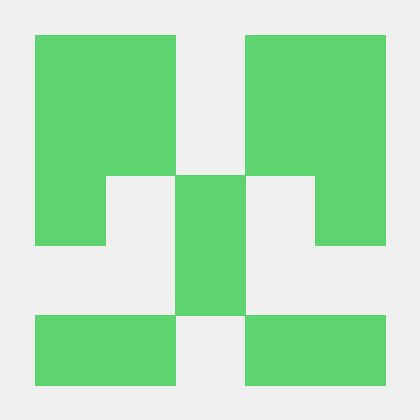1. Dependencies and versions
kind github:https://github.com/kubernetes-sigs/kind
kind website:kind.sigs.k8s.io/
version:
kind 0.14.0
docker 20.10.17
node v16.0.0
Note:
Ensure that the front and back ends can compile properly
Ensure that the component depends on the version
Kind refers to the machine that uses docker container to simulate nodes. When the machine is restarted, the scheduler does not work because the container is changed.
2.Install the docker
(1)Install the tutorial
sudo yum install -y yum-utils device-mapper-persistent-data lvm2
sudo yum-config-manager --add-repo https://mirrors.aliyun.com/docker-ce/linux/centos/docker-ce.repo
sudo sed -i 's+download.docker.com+mirrors.aliyun.com/docker-ce+' /etc/yum.repos.d/docker-ce.repo
sudo yum makecache fast
sudo yum -y install docker-ce
systemctl start docker
systemctl enable docker
(2)setting image mirrors
vi /etc/docker/daemon.json
{
"registry-mirrors": ["http://hub-mirror.c.163.com"],
"insecure-registries": ["https://registry.mydomain.com","http://hub-mirror.c.163.com"]
}
3.install the kind
(1)Manually download the Kind binary
https://github.com/kubernetes-sigs/kind/releases
(2)Install kind binary
chmod +x ./kind
mv kind-linux-amd64 /usr/bin/kind
4.Install the JDK and Maven
(1)Refer to the general installation tutorial to install the following components
jdk 1.8
mavne 3.5+
5.Install the NodeJS
(1)version
node v16.0.0
(2)install the nvm
export http_proxy=http://10.0.0.150:7890
export https_proxy=http://10.0.0.150:7890
curl -o- https://raw.githubusercontent.com/nvm-sh/nvm/v0.39.1/install.sh | bash
export NVM_DIR="$HOME/.nvm"
[ -s "$NVM_DIR/nvm.sh" ] && \. "$NVM_DIR/nvm.sh" # This loads nvm
[ -s "$NVM_DIR/bash_completion" ] && \. "$NVM_DIR/bash_completion" # This loads nvm bash_completion
(3)install the nodejs
nvm ls-remote
nvm install v14.19.3
(4)setting NPM
npm config set registry https://registry.npmmirror.com
npm config set sass_binary_site https://registry.npmmirror.com/binary.html?path=node-sass/
(5)Compiler front-end
npm install -g yarn
yarn
yarn build
yarn
6.Compile linkis
# 1. When compiling for the first time, execute the following command first
./mvnw -N install
# 2. make the linkis distribution package
# - Option 1: make the linkis distribution package only
./mvnw clean install -Dmaven.javadoc.skip=true -Dmaven.test.skip=true
# - Option 2: make the linkis distribution package and docker image
./mvnw clean install -Pdocker -Dmaven.javadoc.skip=true -Dmaven.test.skip=true
# - Option 3: linkis distribution package and docker image (included web)
./mvnw clean install -Pdocker -Dmaven.javadoc.skip=true -Dmaven.test.skip=true -Dlinkis.build.web=true
7.Create the cluster
dos2unix ./linkis-dist/helm/scripts/*.sh
./linkis-dist/helm/scripts/create-test-kind.sh
8.install the helm charts
./scripts/install-charts.sh linkis linkis-demo
9.Visit the Linkis page
kubectl port-forward -n linkis --address=0.0.0.0 service/linkis-demo-web 8087:8087
http://10.0.2.101:8087
10.Test using the Linkis client
kubectl -n linkis exec -it linkis-demo-ps-publicservice-77d7685d9-f59ht -- bash
./linkis-cli -engineType shell-1 -codeType shell -code "echo \"hello\" " -submitUser hadoop -proxyUser hadoop
11.install the kubectl
cat <<EOF > /etc/yum.repos.d/kubernetes.repo
[kubernetes]
name=Kubernetes
baseurl=https://mirrors.aliyun.com/kubernetes/yum/repos/kubernetes-el7-x86_64/
enabled=1
gpgcheck=1
repo_gpgcheck=1
gpgkey=https://mirrors.aliyun.com/kubernetes/yum/doc/yum-key.gpg https://mirrors.aliyun.com/kubernetes/yum/doc/rpm-package-key.gpg
EOF
yum install -y --nogpgcheck kubectl
kubectl config view
kubectl config get-contexts
kubectl cluster-info
